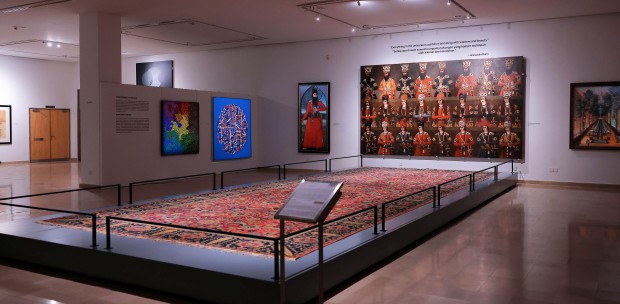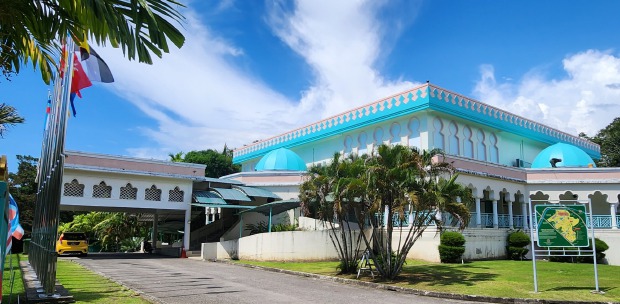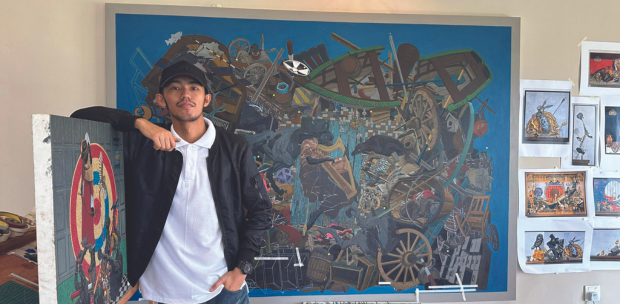MALAYSIA is a land of plenty when it comes to Islamic art. The largest such collection in Southeast Asia has been located in the heart of Kuala Lumpur for a quarter of a century.
The Islamic Arts Museum Malaysia is a global pioneer, a star of Tripadvisor, but others have also sprung up around the world. The most famous of them is in Qatar; not that we heard a great deal about that visitor attraction during the recent Fifa World Cup.
The Gulf is a more predictable location than Texas for Islamic art, and yet Houston has been an American frontrunner in the field for more than a decade. This has mainly been the outcome of housing the superb al-Sabah Collection from Kuwait on a temporary basis.
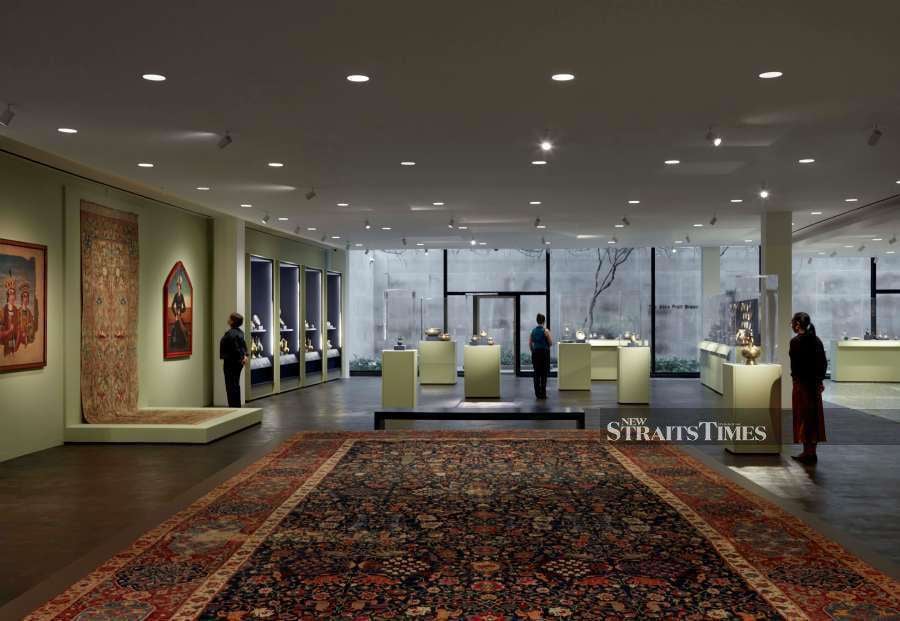
To mark the 10th anniversary of this collaboration, the Museum of Fine Arts Houston is making a more permanent statement.
New galleries for "Art of the Islamic Worlds" — with a novel use of the plural — are opening this month. This time the benefactor is Hossein Afshar, a collector whose long-term loan would enhance any museum inventory.
As a result of this new direction, there is now twice the amount of display space, reflecting a collection that is as wide in geographical terms as it is chronologically. Among the cultures represented are the core territories of present-day Morocco, Spain, Tunisia, Egypt, Syria, Iraq, Iran, Uzbekistan, Afghanistan, Pakistan, India and, to show how attuned the MFAH is to the modern world, the renamed Türkiye is also there. The name change came just before the devastating earthquake and it looks like most of the world is continuing with the old form.
EXCITEMENT APLENTY

When MFAH director Gary Tinterow announced the news, there was mention of a more familiar name to art lovers than Türkiye. One of a growing group of female prime movers in the Middle East, Sheikha Hussa Sabah al-Salem al-Sabah (wife of the late Sheikh Nasser Sabah al-Ahmad al-Sabah) was thanked profusely for a loan that started in 2012. Less well known, but being shown equal gratitude, was Hossein Afshar, one of the top collectors of Iranian art in recent decades.
The New Hossein Afshar Galleries for Art of the Islamic Worlds has almost 6,000 square feet of space. Most exciting for those who yearn for the fabled gardens of the Islamic past is the plan to incorporate an outdoor haven — and it won't be yet another sculpture park.

Many will be yearning for the cooling gardens of Cordoba in Al-Andalus that Prince Faisal and Lawrence of Arabia discussed with considerable emotion in the great film that bears the latter's name in 1962. It also happens to be one of Steven Spielberg's favourites in a recent interview.
The MFAH interior space begins with an essential introduction to what many other museums still like to call Islamic art. This means plenty of manuscripts, metalwork, ceramics, textiles and the occasional painting. Inevitably there will be a strong showing from Iran.

When it comes to large paintings for general viewing, rather than smaller works on paper, this is one of the very few Muslim societies to have taken a Western approach and really made it their own. As wide as the Islamic world(s) may be, Iran has been the most varied and productive creative force, including different manifestations of the national epic, the Shahnama (Book of Kings).
Sure enough, there is a wonderful example here, along with a spectacular lacquered bookbinding. On the subject of books, the MFAH also has a good showing of the sacred and secular arts of calligraphy, along with sumptuous accessories and calligraphers' tools, such as lacquer pen cases, inlaid scribes' boxes, inscribed scissors and ceramic sand shakers.
UNDERSTANDING AND APPRECIATION
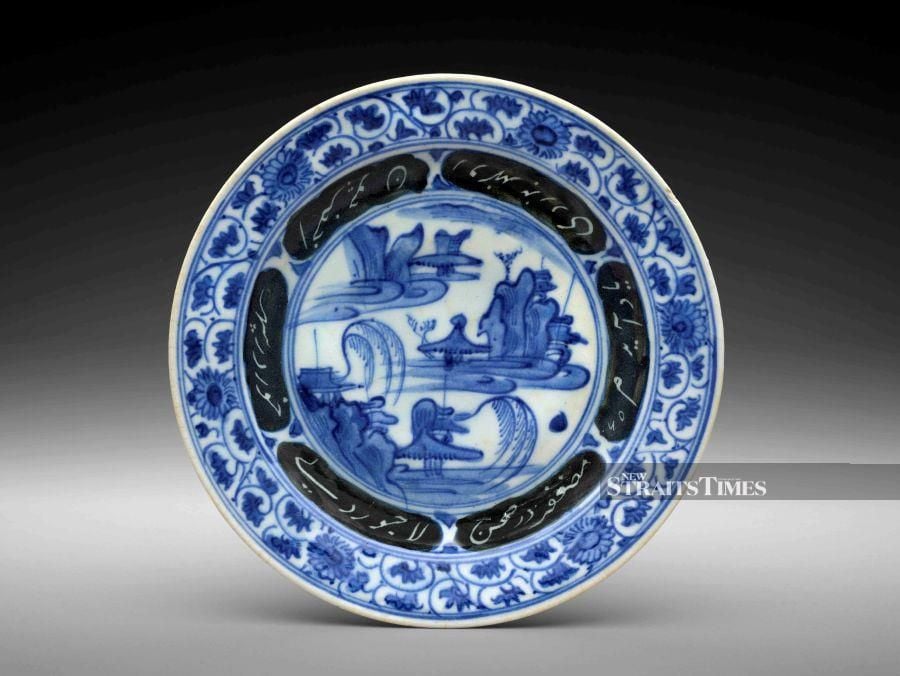
The all-important connections between China and Islamic lands are explored mainly through blue-and-white ceramics. Stone-paste plates, bowls, bottles and trays on view in this gallery reveal the understudied contribution of Persian ceramics to world history.
The story of blue-and-white ceramics originated more than 1,300 years ago on the long-distance trade routes connecting East and West Asia, where rare Persian blue colour agents, such as cobalt, lapis lazuli and turquoise, were used on Persian ceramics and exported to China and other eager consumers.
The ceramics may have a limited palette, but the vigour and charm of the depictions make them a vital part of the Islamic heartlands. Nor has the input of Sub-Saharan Africa been left out, as it usually is.
A gloriously colourful prayer book is more of a surprise than the wooden boards used in Africa to practise writing the Quran. These could be wiped clean for students to perfect their calligraphic skills without incurring the cost of paper, which used to be formidable.

The new galleries have by no means ignored the less-publicised elements of Islamic culture. Sadly, Southeast Asia seems once again to be the neglected step-child.
The glories of Malay woodcarving and metalwork barely make a showing. The same applies to regional textiles, despite having given the global vocabulary words such as ikat.
The field that has not been overlooked is the one that used to be considered the crowning glory of the Iranian and Turkish worlds. Textiles and carpets are given the prominence they deserve, but are so rarely granted — mainly due to space constraints.
These used to be the most popular export items from the old "Orient", boldly proclaiming the expertise and imagination of Muslim artisans long before buyers further west had much knowledge of the alien culture on their doorstep. Houston wasn't even a village in those distant days, but it is certainly doing its best to foster understanding and appreciation in the 21st century.
The "Art of the Islamic Worlds" galleries open today in the Museum of Fine Arts Houston, Texas.
Follow Lucien de Guise at Instagram @crossxcultural.



